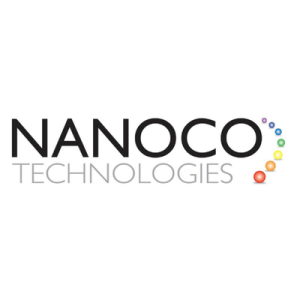Quantum dots, the nanoscale semiconductor particles with unique optical and electronic properties, have been gaining significant attention in recent years due to their potential applications in various fields, including medicine, energy, and electronics. These tiny particles, which are typically between 2 and 10 nanometers in diameter, exhibit remarkable characteristics that are not found in bulk materials. Their size-dependent properties, such as tunable fluorescence and high quantum yield, make them promising candidates for a wide range of applications, from solar cells and LEDs to drug delivery and bioimaging.
One of the most notable features of quantum dots is their ability to emit light of different colors depending on their size. This phenomenon, known as size-tunable fluorescence, occurs because the energy levels of the electrons in the quantum dots are quantized, meaning that they can only occupy specific energy states.
Nanoco Group PLC (LON:NANO) leads the world in the research, development and large-scale manufacture of heavy metal-free nanomaterials for use in displays, lighting, vertical farming, solar energy and bio-imaging.


